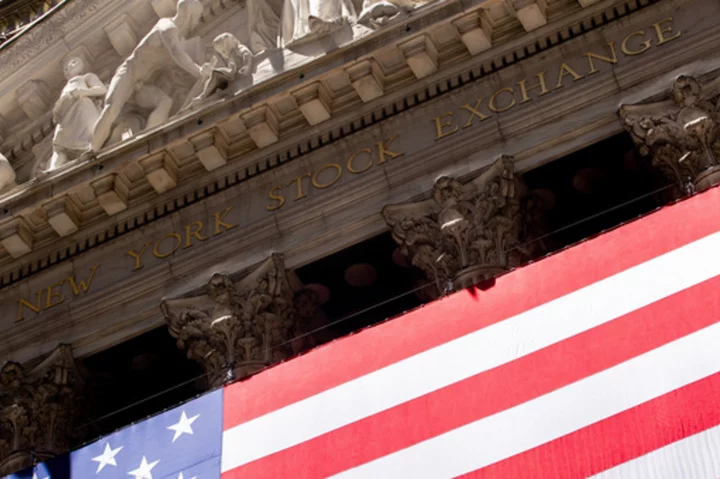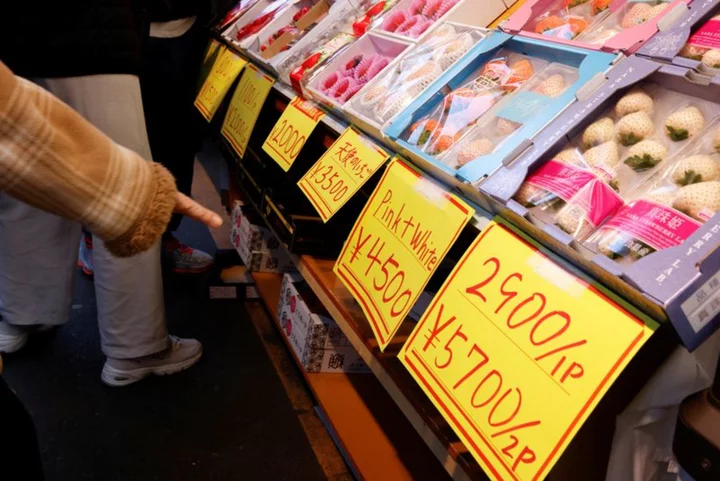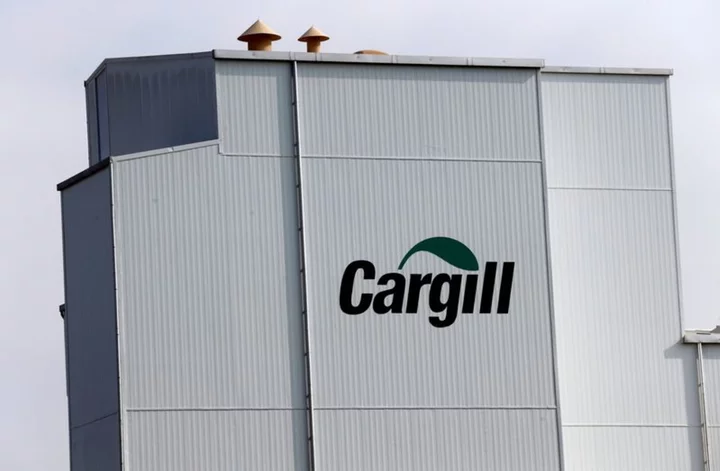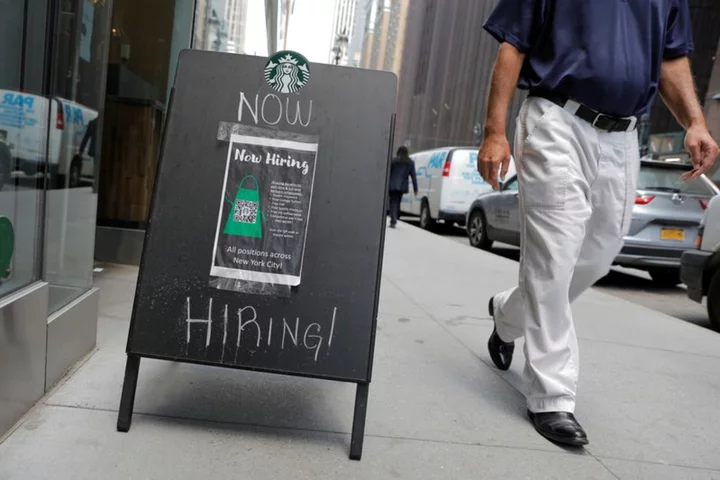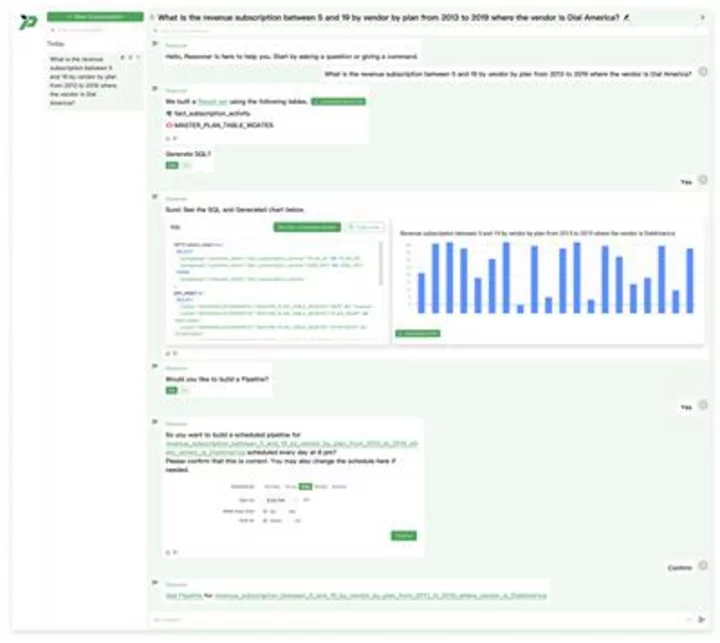NEW YORK (AP) — Wall Street is drifting higher, still stuck in the tight range it’s been in for a month and a half. The S&P 500 was up 0.4% early Wednesday, on pace for a seventh straight weekly move of less than 1%. That would be its longest such streak since 2018. The Dow was up 0.5% and the Nasdaq rose 0.4%. Markets got some lift from hopes that the U.S. government may avoid a first-ever default on its debt. House Speaker Kevin McCarthy said Democrats and Republicans could reach a deal by the end of the week, though the two sides remain far apart.
THIS IS A BREAKING NEWS UPDATE. AP’s earlier story follows below.
Wall Street bounced back modestly early Wednesday with more big retailers reporting sales and profit pointing to an American consumer that's reigning in spending under the weight of ongoing inflation and anxiety about a possible recession.
Futures for the Dow Jones Industrial Average rose 0.4% and the S&P 500 ticked up 0.3%.
Target shares bounced around early after the Minneapolis retail giant reported another quarterly profit decline and issued a cautious sales and profit outlook. Target said it is dealing with higher costs, including rising theft, and consumers who have become more cautious about spending.
Home Depot on Tuesday projected its first decline in annual revenue since 2009, dragging broader markets into negative territory for the day. The nation’s largest home improvement retailer cut its profit and sales expectations for the entire year.
Walmart, another bellwether for the retail sector and indicator of broader consumer health, reports its results before the bell Thursday.
Although the government on Tuesday reported that retail sales rose in April after declines the previous two months, data showed that higher prices have consumers trading down to cheaper brands and pulling back on purchases of non-essential goods, reversing pandemic trends.
Thanks largely to a strong job market, Americans have remained resilient in their spending even with signs of weakness elsewhere in the economy. However, most economists forecast the job market to weaken in the second half of the year, following 10 straight interest rate increases by the Federal Reserve meant to stifle inflation.
In Europe at midday, Germany’s DAX added 0.4%, while Britain’s FTSE 100 inched down 0.1% and France's CAC 40 was unchanged.
Japan’s benchmark Nikkei 225 gained 0.8% to finish at 30,093.59. Australia’s S&P/ASX 200 dipped 0.5% to 7,199.20 after a better-than-expected wage increase report. The wage price index rose 3.7% year on year. But that could mean an interest rate hike in coming months, according to some analysts.
South Korea’s Kospi gained 0.6% to 2,494.66. Hong Kong’s Hang Seng lost 2.1% to 19,560.57, while the Shanghai Composite slipped 0.2% to 3,284.23.
Japan’s encouraging GDP data released earlier in the day showed consumption was rebounding after COVID-19-related restrictions were eased and borders opened to tourists.
Japan’s economy, the world’s third largest, grew at an annual pace of 1.6% in the quarter through March, according to the Cabinet Office. That was the strongest GDP growth pace since April-June 2022 marked a 1.1% growth. The main negative came from declining exports due to sluggish global demand.
“Sluggish external demand remains a concern over the near term,” said Harumi Taguchi, principal economist at S&P Global Market Intelligence, adding that the growth may taper off.
“As real compensation of employees declined at a faster pace, weaker purchasing power will continue to make consumers selective,” she said.
In energy trading, benchmark U.S. crude added 18 cents to $71.04 a barrel. Brent crude, the international standard, also rose 18 cents to $75.09 a barrel.
In currency trading, the U.S. dollar edged up to 137 Japanese yen from 136.36 yen. The euro cost $1.0826, down from $1.0868.
On Tuesday, the S&P 500 lost 0.6%, with more than four out of five stocks in the index closing lower. The Dow fell 1% and the Nasdaq slipped.
___
Kageyama reported from Tokyo, Ott reported from Silver Spring, Md.

